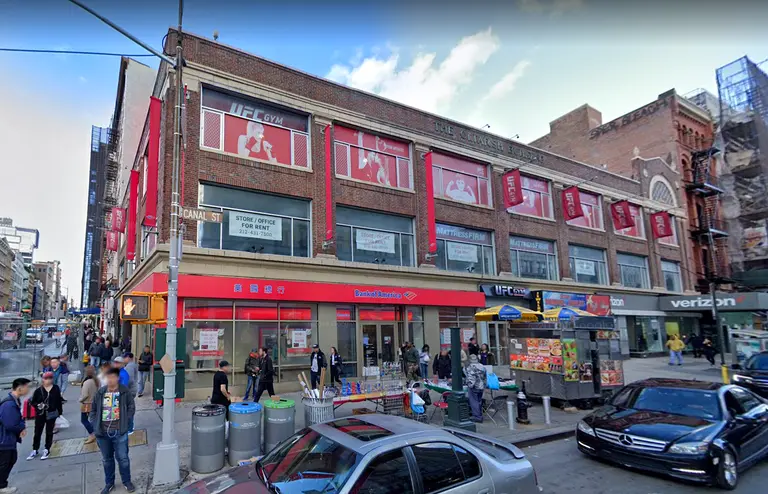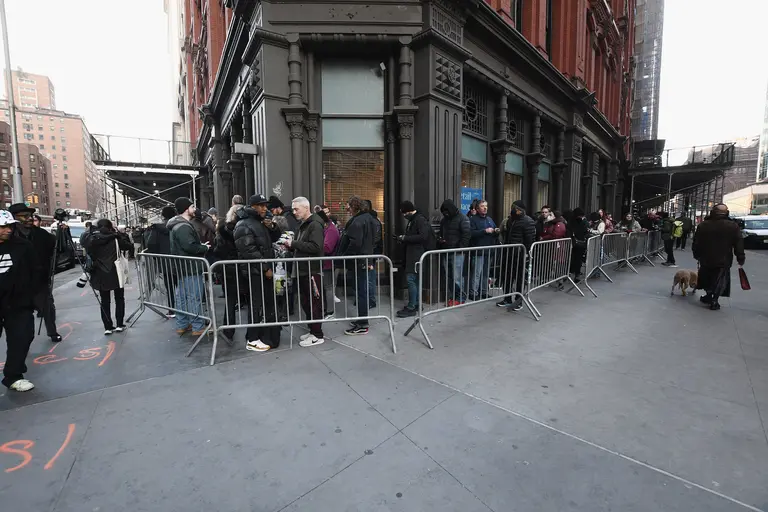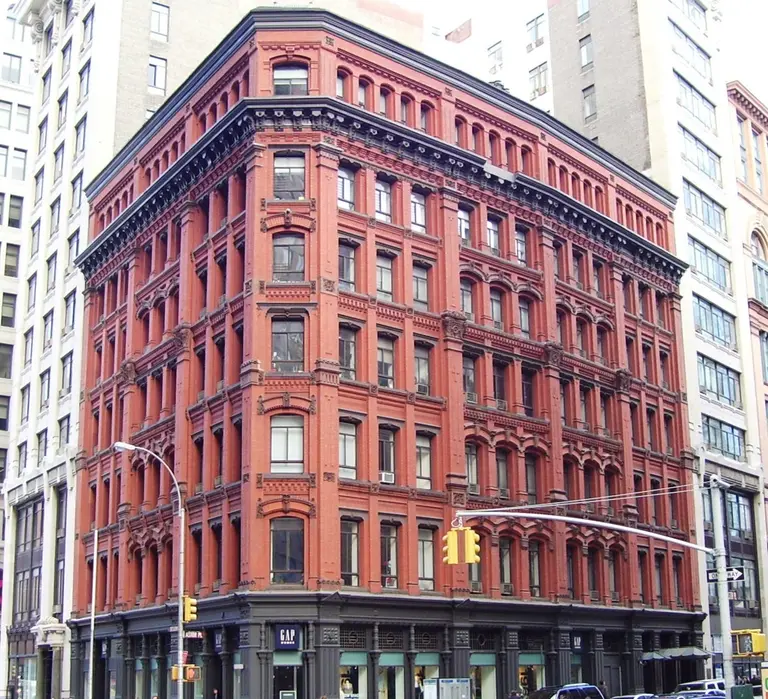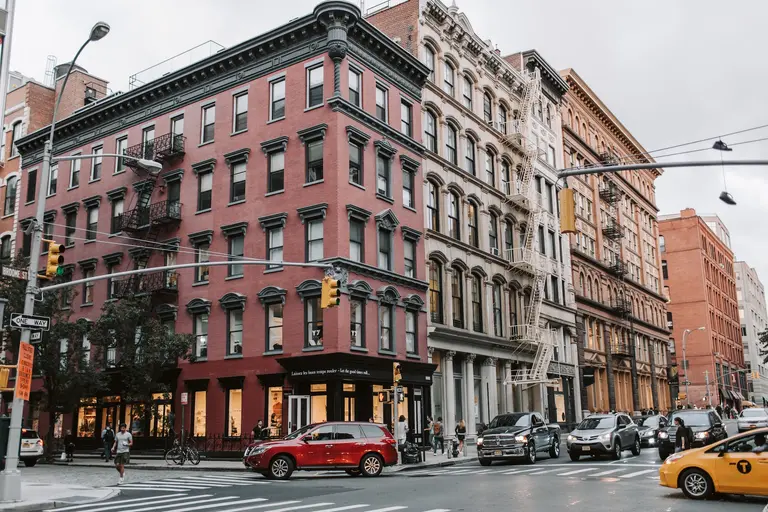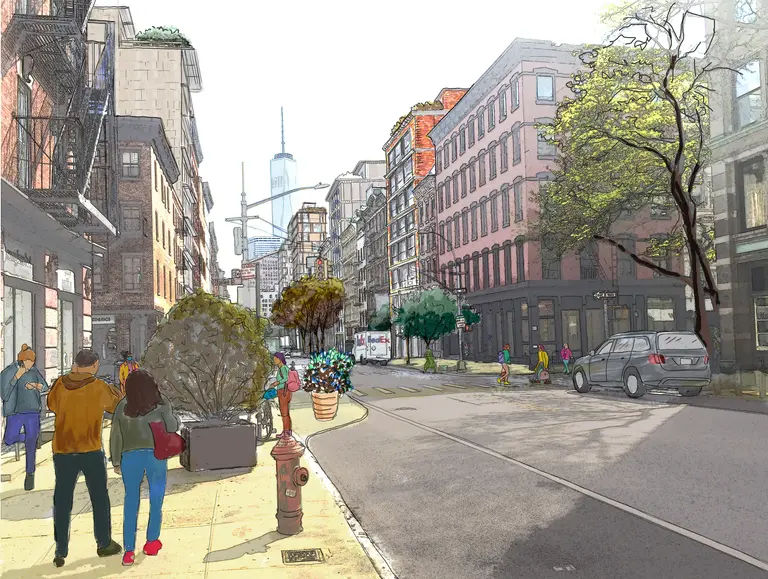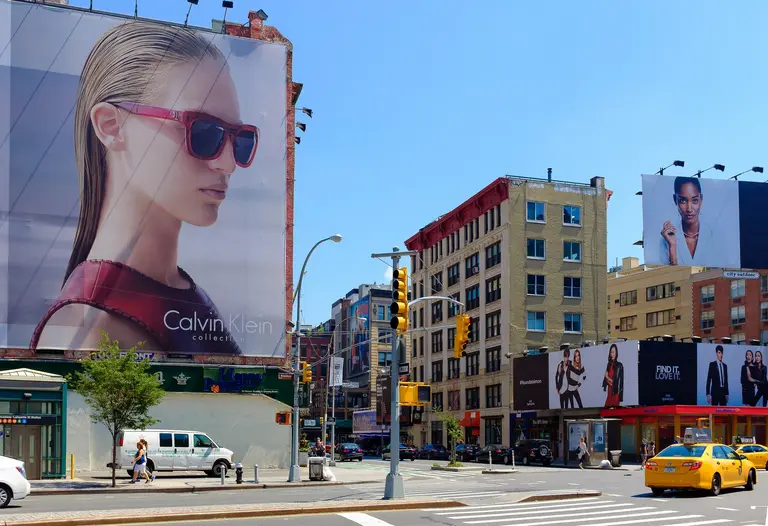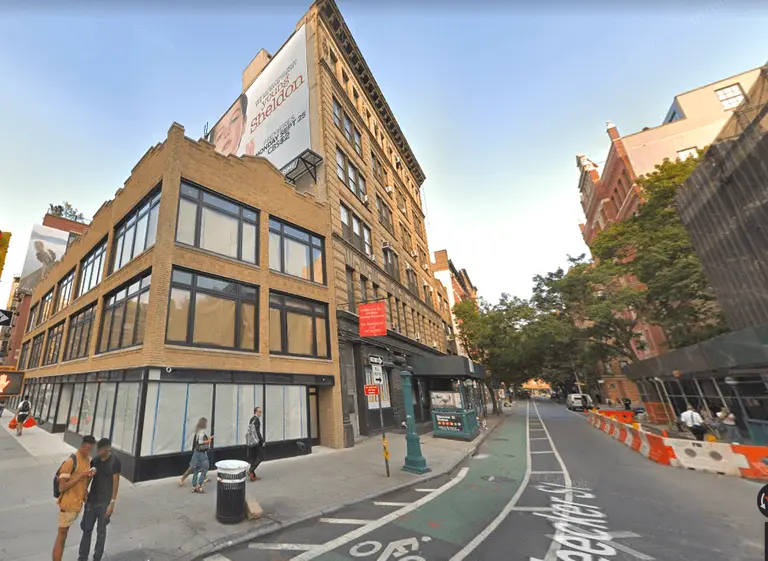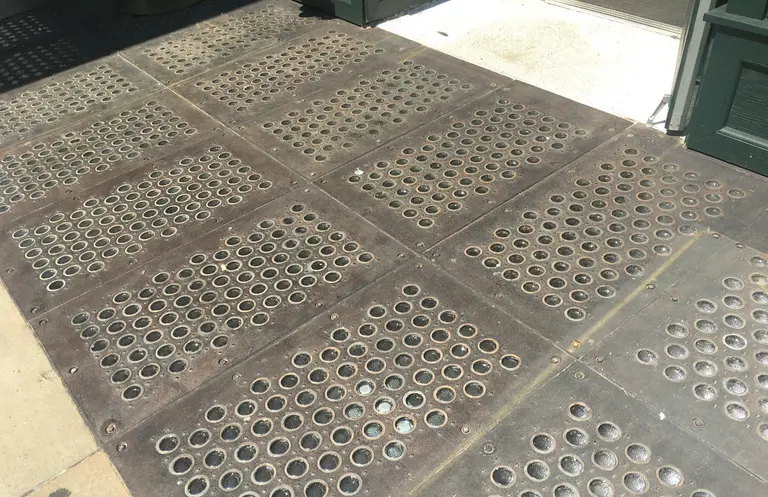Soho and Noho rezoning proposal moves forward with 800 new affordable units planned
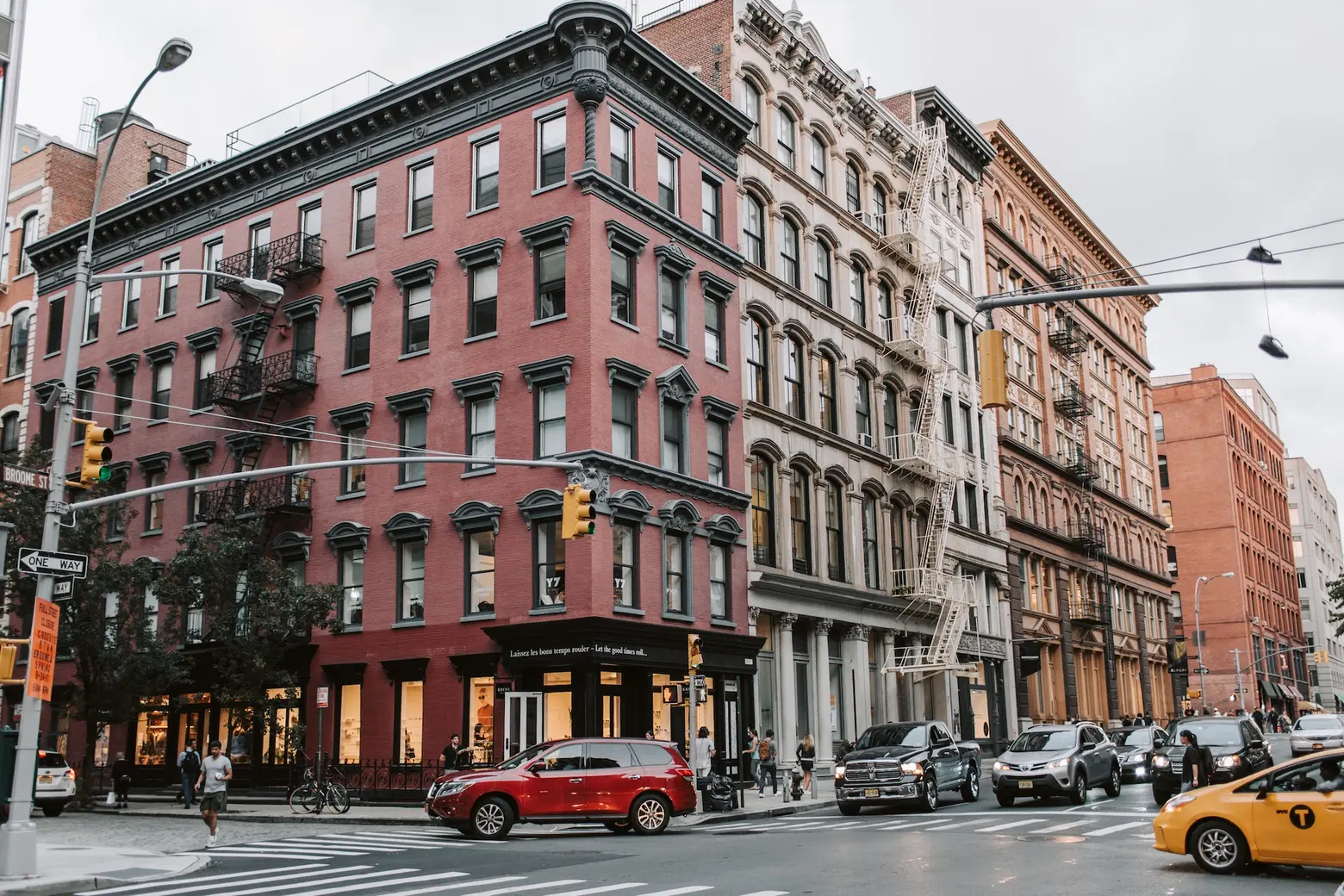
Photo by Vlada Karpovich from Pexels
The plan to rezone two affluent Manhattan neighborhoods will enter the public land use review process, Mayor Bill de Blasio announced on Wednesday. The proposed rezoning of Soho and Noho includes replacing 1970s-era zoning rules and incentivizing the creation of about 800 permanently affordable homes, part of an effort to bring affordable housing to all New York City neighborhoods, even upscale ones.
“New York City has changed a lot in the last fifty years, and SoHo and NoHo have changed with it,” de Blasio said in a press release. “Thoughtful, progressive zoning changes will pave the way for the next fifty years of growth – while making two iconic neighborhoods more accessible than ever, and helping us rebuild a fairer and better city.”
Zoning changes would affect an area bounded by Canal Street to the south, Houston Street and Astor Place to the north, Lafayette Street and the Bowery to the east, and Sixth Avenue and West Broadway to the west. The proposal encourages as many as 3,200 new residential units to be created, with a percentage of affordable units required in any new development.
The existing zoning regulations were put in place over 50 years ago by the city to address the neighborhood’s transition from manufacturing-heavy to a community for artists. The city-backed proposal would legalize ground-floor retail space, which is prohibited if the storefront is larger than 10,000 square feet under current zoning laws.
Rent-regulated homes covered by the Loft Law–which was created in 1971 and allows some manufacturing buildings to be occupied as live-work quarters for artists–will remain protected.
While the city says any new development built inside the historic districts will keep with the scale of the neighborhood, opponents of the rezoning say the plan would actually create more luxury buildings and out-of-scale high-rises.
“In typical de Blasio Administration fashion, this decision-making process shut the community out when consultation was promised, and the result really serves to enrich his developer/donors and not the average New Yorkers or New Yorkers in need he claims to serve and represent,” Andrew Berman, executive director of Village Preservation, said in a statement. “This upzoning approach of super luxury towers with a small set aside for affordable units is bad for New York City, bad for our neighborhoods, and bad for affordability.”
Throughout de Blasio’s tenure, the city’s rezoning efforts have typically targeted low-income areas and communities of color, including East Harlem, East New York, and Inwood. The latest proposal to bring more affordable housing to Soho and Noho, one of the wealthiest areas in the country, has gained support from pro-development groups and some 2021 candidates.
Comptroller Scott Stringer, who announced his run for mayor this summer, tweeted that “Upzoning makes sense in Soho.” He told THE CITY that he plans to include “upzonings with strong affordability requirements” in his housing agenda as mayor.
RELATED:

